Revolutionizing Road Safety: Role of Computer Vision in Vehicle Collision Prediction
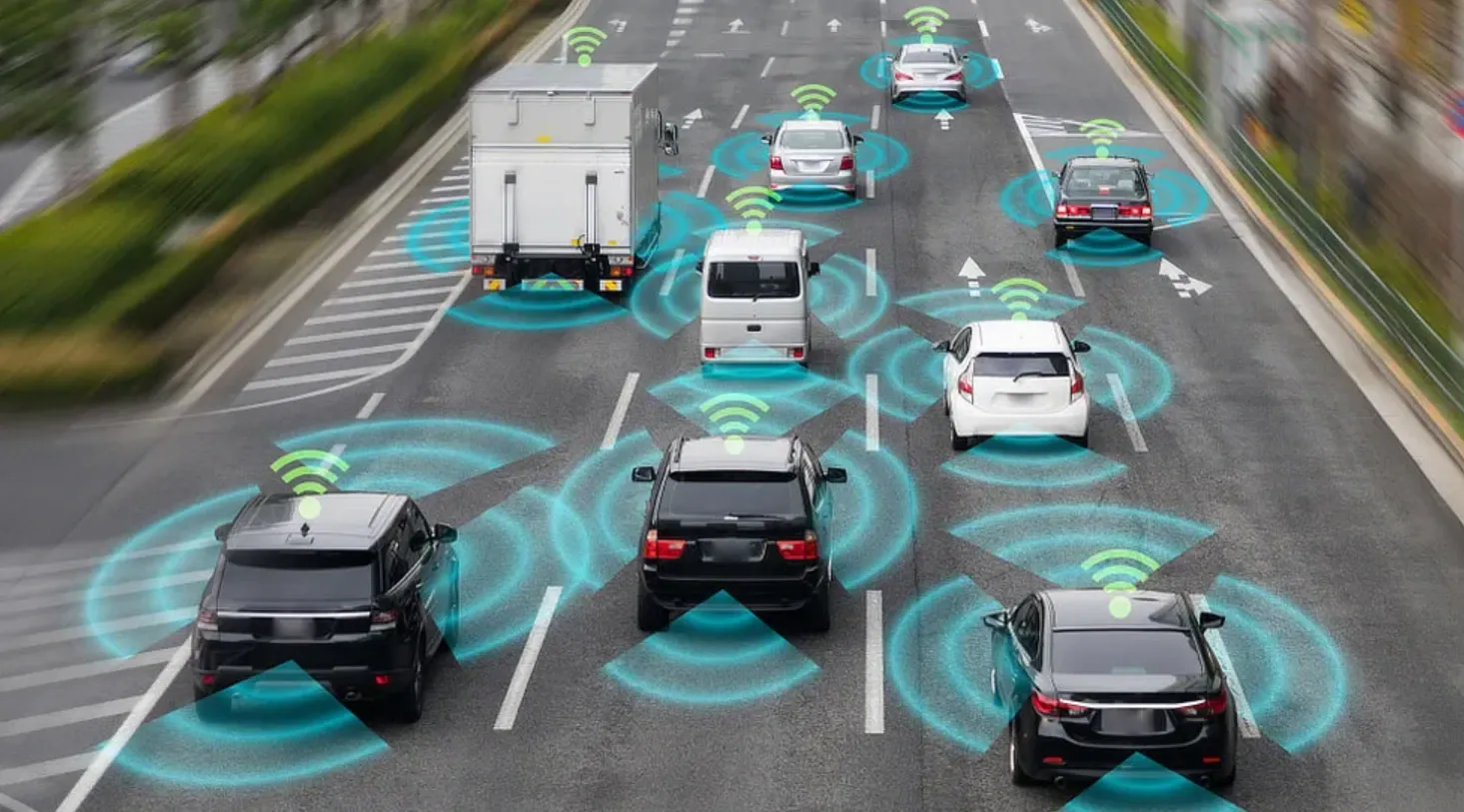
Introduction
In a world where traffic is growing and population density is rising, road safety is becoming a major problem. Car crashes are one of the world's main causes of fatalities. The car industry is working hard to come up with creative ways to deal with the growing traffic on our roadways. The emphasis has recently switched to using computer vision and machine learning to create advanced collision detection and prevention systems. This blog discusses how these technologies could change the way that car crashes are predicted and avoided.
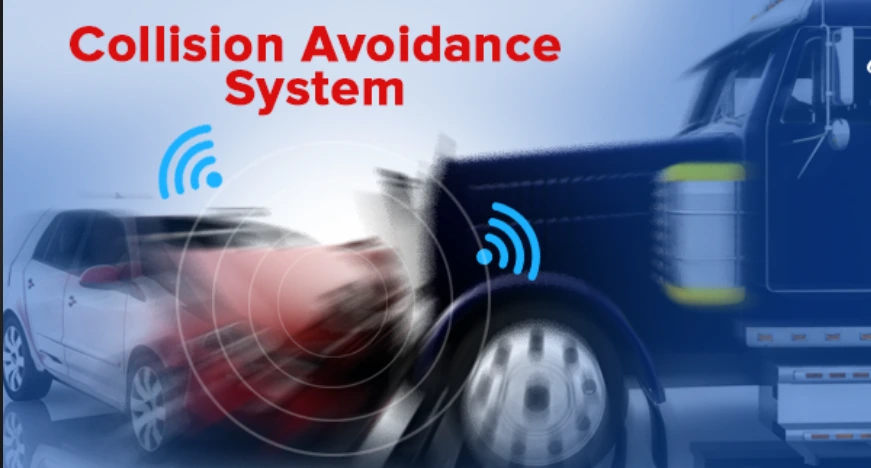
Foundations of Computer Vision in Collision Detection
At its core, computer vision involves extracting meaningful information from visual data, making it a natural fit for tasks such as object detection, recognition, and tracking. In the context of vehicle collision detection, computer vision systems leverage a myriad of techniques to interpret and respond to the dynamic visual cues present in the surrounding environment.
(I) Image Processing and Feature Extraction
(i) Computer vision algorithms process raw image data captured by cameras mounted on vehicles.
(ii) Image processing techniques, such as filtering and edge detection, enhance the clarity of relevant features in the images.
(iii) Feature extraction involves identifying distinctive elements, such as vehicles, pedestrians, and obstacles, through pattern recognition.
(II) Object Recognition and Classification
(i) Deep learning models, including convolutional neural networks (CNNs), play a pivotal role in recognizing and classifying objects within the visual field.
(ii) Training these models on vast datasets enables the system to distinguish between various objects and their corresponding classes, critical for collision detection.
(III) Real-time Analysis and Decision-making
(i) The real-time nature of collision detection demands swift processing of visual data.
(ii) Computer vision algorithms analyze frames sequentially, allowing the system to make instantaneous decisions based on the identified objects and their trajectories.
Applications in Collision Avoidance Systems
Computer vision finds practical applications in collision avoidance systems, contributing to the development of Advanced Driver Assistance Systems (ADAS) and Automatic Emergency Braking (AEB) technologies.
(I) Lane Departure Warning Systems
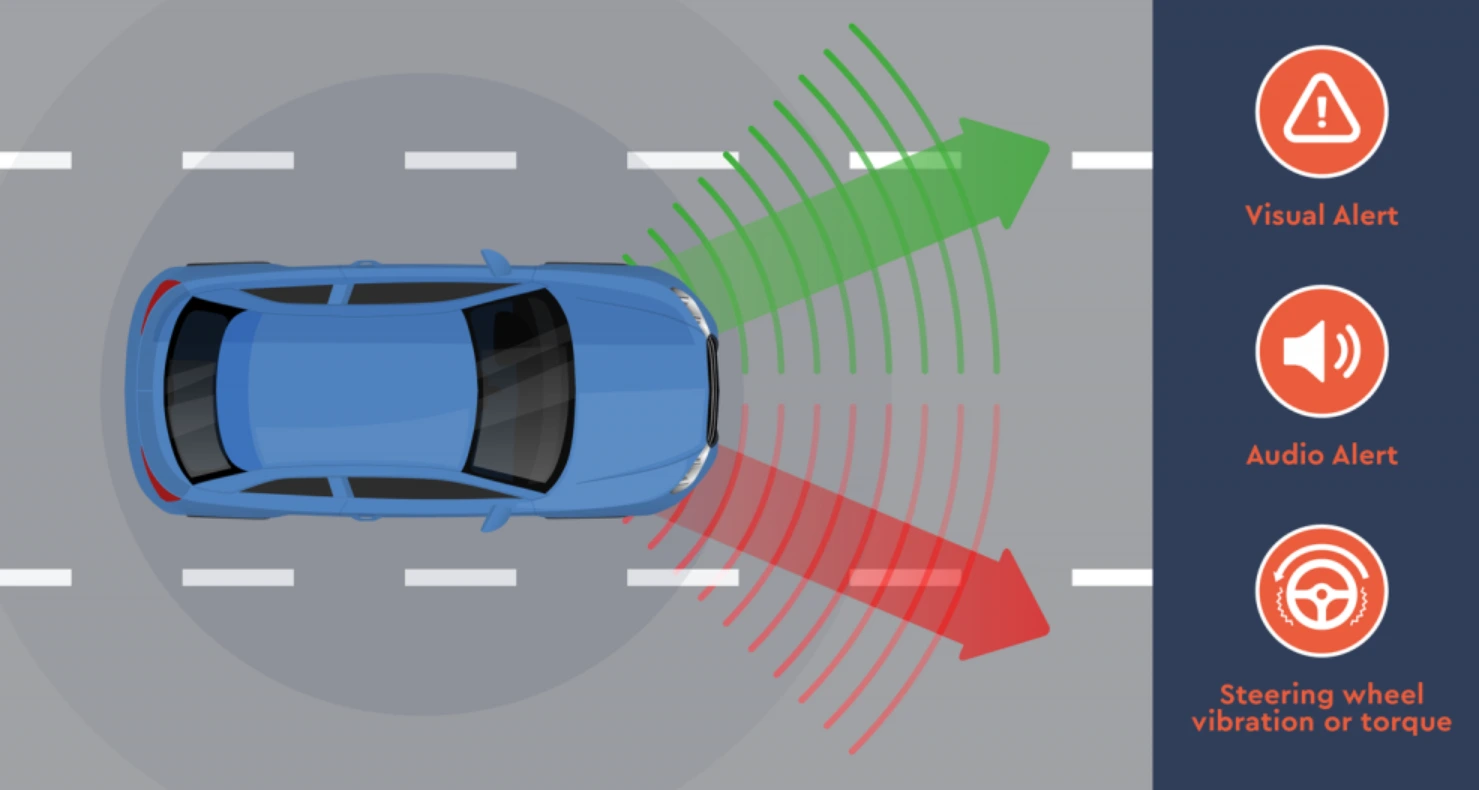
(i) Computer vision algorithms monitor lane markings, providing timely warnings to drivers if they deviate from their designated lane.
(ii) Lane detection involves edge detection, Hough transforms, and image segmentation to identify and track lanes accurately.
(II) Object Detection for Collision Warning
(i) Object detection algorithms identify and track potential collision hazards, including vehicles, pedestrians, and obstacles.
(ii) Real-time alerts are triggered when the system predicts a potential collision based on the trajectory and speed of detected objects.
(III) Collision Prediction through Machine Learning
(i) Machine learning models, trained on diverse datasets, predict collision probabilities based on the historical behavior of detected objects.
(ii) These models continuously learn and adapt, enhancing the accuracy of collision predictions over time.

Challenges associated with the integration of LiDAR and monochrome cameras
The integration of Light Detection and Ranging (LiDAR) systems and monochrome cameras in collision avoidance systems marks a pivotal shift in recent research and technological advancements. Traditionally, technologies like Advanced Driving Assistance Systems (ADAS) and Automatic Emergency Braking (AEB) have heavily relied on these sensors to enhance road safety. However, the integration of LiDAR and cameras presents challenges, particularly in terms of cost and design complexity.
(I) Cost Challenges
(i) LiDAR systems, which use laser beams to measure distances and create detailed 3D maps of the surroundings, have traditionally been expensive to manufacture and integrate into vehicles.
(ii) Monochrome cameras, while more affordable than LiDAR, can still add to the overall cost of implementing collision avoidance systems.
(iii) The need for multiple sensors to cover a 360-degree view around the vehicle can further escalate costs.
(II) Design Complexity
(i) Integrating LiDAR and cameras into vehicles requires careful consideration of the design, placement, and alignment of these sensors to ensure optimal functionality.
(ii) The physical size and shape of these sensors can impact the aerodynamics and aesthetics of the vehicle.
(iii) Wiring and power requirements for these sensors can add complexity to the overall vehicle design.
(III) Limitations of Sensor Fusion
(i) While LiDAR excels in providing accurate distance measurements, it may struggle in adverse weather conditions such as heavy rain or fog, limiting its effectiveness.
(ii) Monochrome cameras, although versatile, can face challenges like reduced visibility in low-light conditions.
(iii) The fusion of these sensors aims to overcome individual limitations, but achieving seamless integration is an ongoing challenge.
(IV) Computational Demands
(i) LiDAR systems generate large amounts of point cloud data that require substantial computational power for processing.
(ii) Extracting meaningful information from camera feeds also demands sophisticated computer vision algorithms, adding to the computational load.
How Computer Vision is Addressing LiDAR Challenges
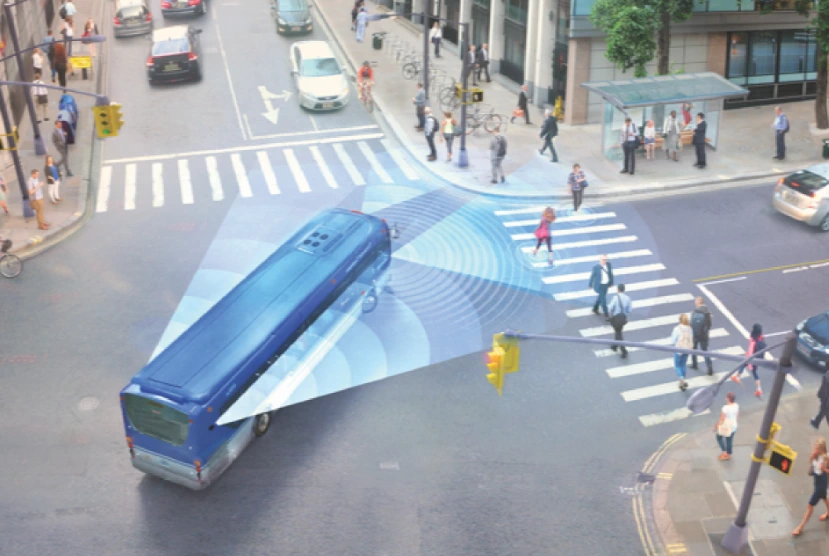
In light of the challenges posed by the integration of LiDAR and cameras, computer vision emerges as a game-changing alternative for collision avoidance:
(I) Affordability
(i) Computer vision systems often leverage standard RGB cameras, which are more cost-effective compared to specialized sensors like LiDAR.
(ii) The affordability of computer vision makes it an attractive option for widespread adoption in various vehicle models.
(II) Flexibility and Adaptability
(i) Computer vision systems are adaptable to various environmental conditions, making them versatile in addressing challenges such as low-light situations
(ii) The use of machine learning algorithms allows computer vision systems to continuously learn and improve their performance over time.
(III) Reduced Design Complexity
(i) Compared to the physical complexities of integrating LiDAR and cameras, computer vision systems typically involve less intrusive installations, minimizing design alterations.
Real-time Processing
(i) Modern computing capabilities enable real-time processing of image and video data, allowing computer vision systems to make instantaneous decisions, crucial for collision avoidance.
Integration with Existing Infrastructure
(i) Computer vision can be seamlessly integrated with existing vehicle infrastructure, leveraging the advancements in onboard computing power.
Advancements in Object Recognition
(i) Ongoing advancements in computer vision, particularly in object recognition and tracking, enhance the accuracy and reliability of collision avoidance systems.
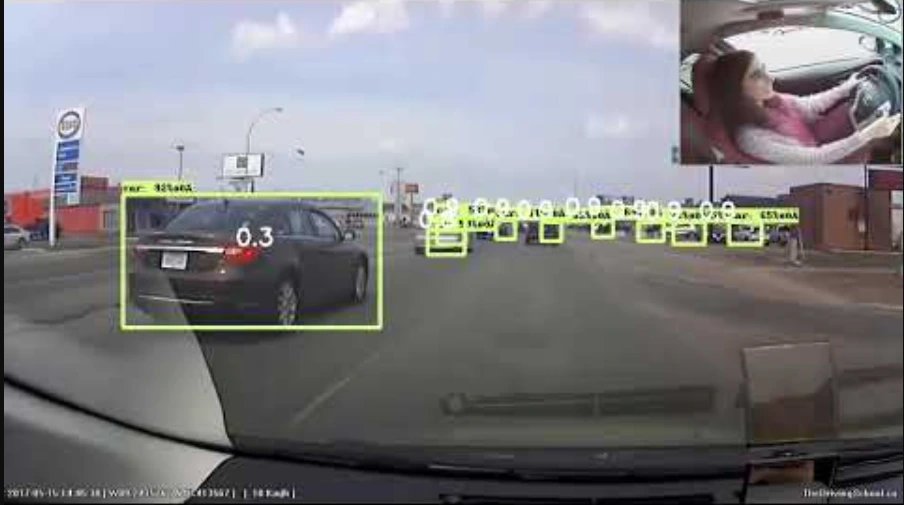
Challenges and Innovations in Computer Vision
Despite the advancements in computer vision for collision detection, several challenges persist.
(I) Adverse Weather Conditions
(i) Rain, fog, and low-light conditions can hinder the effectiveness of visual sensors.
(ii) Ongoing research focuses on enhancing computer vision algorithms to perform robustly in adverse weather.
(III) Sensor Fusion for Redundancy
(i) Integrating data from multiple sensors, including LiDAR and radar, alongside computer vision, enhances redundancy and improves system reliability.
(ii) Sensor fusion algorithms combine information from various sources for a more comprehensive understanding of the environment.
(IV) Edge Computing for Real-time Processing
(i) The computational demands of real-time collision detection are met through edge computing.
(ii) Onboard processing power ensures swift analysis of visual data without relying heavily on external servers.
Conclusion
As we peer into the future, the synergy between computer vision, machine learning, and sensor technologies holds immense promise. Continued research and innovations in computer vision algorithms, coupled with advancements in hardware capabilities, are set to redefine the benchmarks of vehicle collision detection. Through a deeper understanding of the technical intricacies, we pave the way for safer roads and a revolutionary shift in how we approach collision avoidance in the automotive industry.
The integration of LiDAR and monochrome cameras in collision avoidance systems presents certain issues that can be addressed by computer vision, which stands out as a viable alternative. Offering a workable solution for both present and future automobile technology, its versatility, affordability, and reduced design complexity position it as a game-changer in the quest for safer roads.
Frequently Asked Questions
1. Why do we need a collision detection and collision prevention system?
A collision detection and prevention system is essential for mitigating the significant risks posed by vehicle collisions, which stand as a leading cause of death globally. Human errors and distractions contribute to fatal accidents, and these systems act as a crucial safeguard by leveraging advanced technologies like sensors and computer vision.
By predicting potential collisions early on, these systems provide a vital layer of protection, assisting drivers in avoiding accidents and, in some cases, autonomously applying emergency braking. The goal is to enhance road safety, reduce fatalities, and minimize the impact of human and environmental factors on driving, making our roads safer for all users.
2. Can deep learning predict high-resolution automobile crash risk maps?
Yes, deep learning has demonstrated the capability to predict high-resolution automobile crash risk maps effectively. By leveraging advanced neural network architectures and training on diverse datasets that incorporate various contributing factors to crashes, deep learning models can analyze complex patterns and spatial dependencies.
These models can identify areas with a higher likelihood of accidents, considering factors such as traffic flow, road conditions, and historical crash data. This enables the creation of detailed and accurate crash risk maps, providing valuable insights for proactive safety measures, urban planning, and targeted interventions to reduce the frequency and severity of automobile collisions in specific regions.
3. Can collision detection algorithms predict a vehicle's trajectory?
Collision detection algorithms typically focus on identifying potential collisions or obstacles in a vehicle's path based on real-time sensor data. While these algorithms excel at detecting immediate threats, predicting a vehicle's entire trajectory requires additional capabilities. Trajectory prediction involves forecasting the future positions and movements of the vehicle, considering factors like speed, acceleration, and driver behavior.
While collision detection algorithms may contribute to predicting short-term movements, a more comprehensive trajectory prediction often involves integrating additional technologies, such as advanced machine learning models, to account for complex and dynamic driving scenarios.

Simplify Your Data Annotation Workflow With Proven Strategies
.png)


